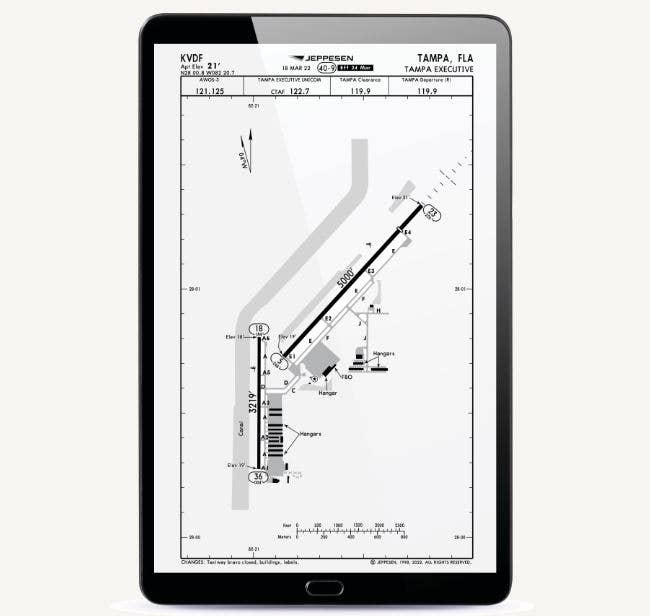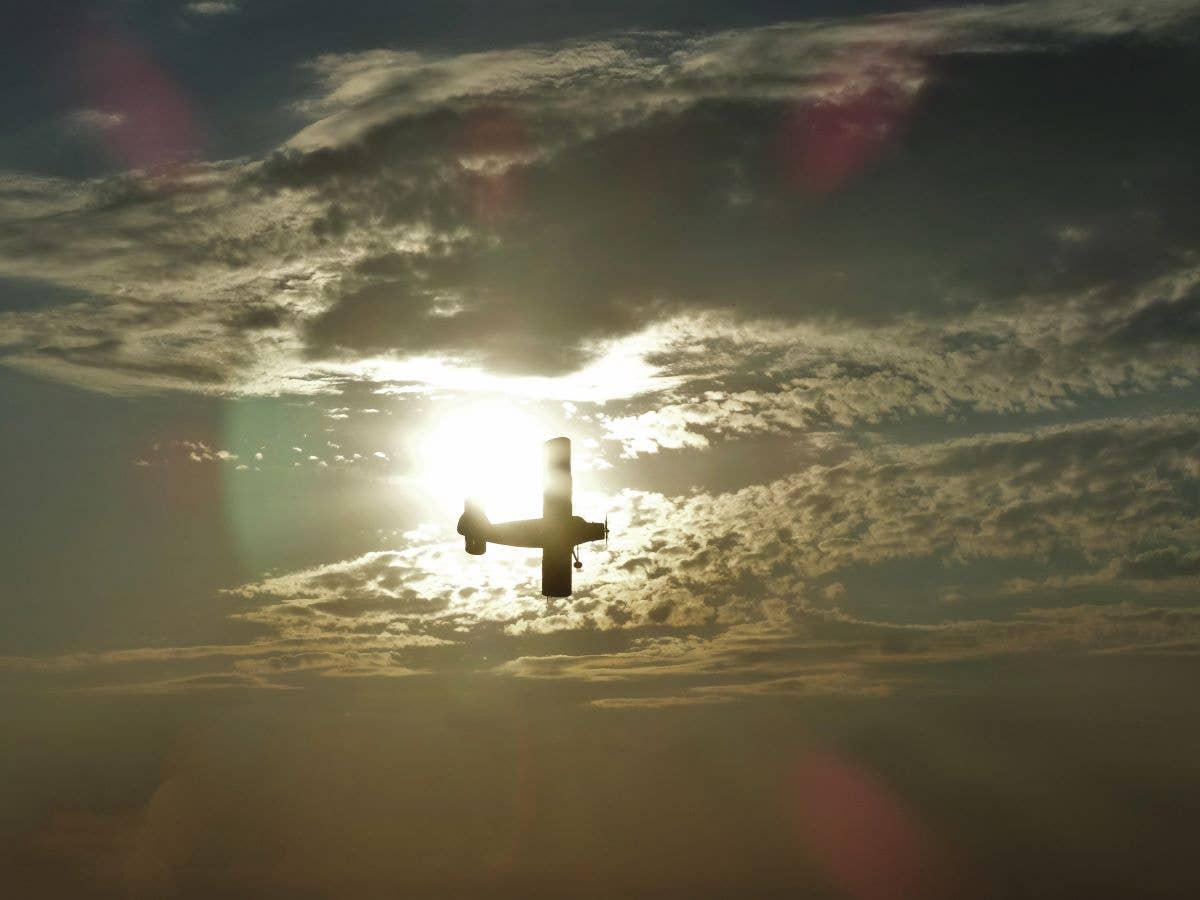
[Credit: Adobe Stock]
When did you last move? When you are young, frequent moving is a part of early adulthood. As you get older, moving is often at the hinges of life: a new job, retirement, a divorce, or an empty nest. I haven’t moved more than a few blocks in more than 35 years, but I remember how dislocating the process was.
Finding a good hardware store, a good dry cleaner and the supermarket most attuned to your sensibilities takes time. Why can’t I find a good bagel? If your cars are out of warranty, where do you find that true mechanic—the one with a love for your kind of car, realistic prices, and authentically dirty fingernails?
Same goes for airplanes. After more than 38 years of flying into and out of Tampa International Airport (KTPA), we have been eased out of the hangar that housed and protected our airplanes. That airport was my home. I knew its taxiways and run-up pads. I knew the voices of many controllers. I knew most of the line guys by name and they knew me, my family, and my dogs.
My hands flew to the radios with a muscle memory like you might reach for your garage door opener. The ATIS, clearance delivery, ground control, tower, and departure frequencies were as familiar to me as my phone number.I knew those numbers by heart. I had landed on each of KTPA’s runways more times than I could count. Sometimes those runways had appeared at minimums out of the gloom, sometimes I had raced a thunderstorm to the threshold. Most times, though, the runway was visible from many miles out. People move to Florida for a reason.
Now we have moved to KVDF, formerly known as Vandenberg Field. The airport sports a classy new name—an upgrade (or upsell), I guess: Tampa Executive Airport. Though it is only 10 nm from KTPA, it might as well be on another aviation planet.
For starters, there is no tower. There are no commercial flights. There is one FBO. There are two flight schools. The flight schools are busy. One is Part 61 and the other is both 61 and 141. It’s the 141 appellation that attracts students from other countries. English is often a second or third language to these aspiring aviators.
The runways are 18/36 and 5/23. The former is 3,219 feet, pretty darn short for our Citation CJ1. The latter runway is situated so that taking off on 23 puts you right over the threshold of 18. The arrangement looks like a broken hockey stick on the airport diagram. The runways don’t intersect but they are close. Real close. This can generate anxiety if you are taking off on 23 and instructed by departure control to turn left immediately to a “heading of 090 and maintain one thousand, six hundred feet.” This 140-degree turn and level off in a jet is sporty enough without the thrill of hearing the students calling short final for Runway 18.
The FBO, Skyport, is as attractive and modern as one could hope for. The desk personnel are friendly and cooperative. I’m trying to remember their names. The line guys are especially nice. Our hangar is stocked with good neighbors (two Cessna CJ1s, a Cessna Ultra, a PiperMeridian, and a Cessna Mustang—all really nice turbine airplanes), but it is not adjacent to the FBO, so a lengthy “pull out” precedes each flight or even minor maintenance. This has been done without complaint.
So far, the AWOS and unicom frequencies do not fall reliably to hand. Clearance delivery is handled by Tampa departure control. This is an old friend: 119.9. Thankfully, clearance delivery is available on the ground. I can’t imagine picking up a complicated route in the air below Class B airspace (remember KTPA is close by) while managing the inevitable traffic alerts. Speaking of Class B ,it is hard to know exactly where KVDF is on the Tampa Class B chart. It isn’t shown on my Jepps.
Approach and landing are more challenging here. The AWOS is readable from about 30 miles out, depending on altitude, but that doesn’t mean you have any idea as to which runway is in use. Listening to the unicom frequency while negotiating the arrival produces auditory pain. Multiple nontowered airports are nearby and you grimace as several pilots step on each other announcing lengthy descriptions of their position in the pattern, but omit mentioning which airport they are talking about.
When coming from Texas across the Gulf of Mexico, we over flew KTPA in Class B airspace at 7,000 feet and were cleared for a visual approach. We were about 4 miles from the threshold. I requested an RNAV approach in order to get down, get organized, get configured, and get my act together. The local controller was very nice and said he could only hint that we could cancel IFR. Next time, I’ll do that earlier.
Speaking of canceling IFR, I recently landed on Run-way 23 after a very short repositioning flight. Between getting the AWOS, entering the landing speeds and min-imums in the Proline 21, and getting configured, I was relieved to taxi in, shut down, and just sit there for a few minutes. Whew, I didn’t hit anybody.
When I walked into the FBO, the lady at the desk was on the phone. “He just walked in,” she said. I had forgotten to cancel IFR. An experienced and forgiving approach controller had called the FBO to check on my health.
The drive to the airport features interstate high-speed traffic and takes about 15 minutes longer than our old route. This means you can’t forget something and runback to the house. It also means less time to pet, clean, and admire the airplane. This is, in fact, the most troubling loss of the whole move. A trip to visit the airplane has always been therapeutic for me.
They say you adapt or die.

Subscribe to Our Newsletter
Get the latest FLYING stories delivered directly to your inbox






